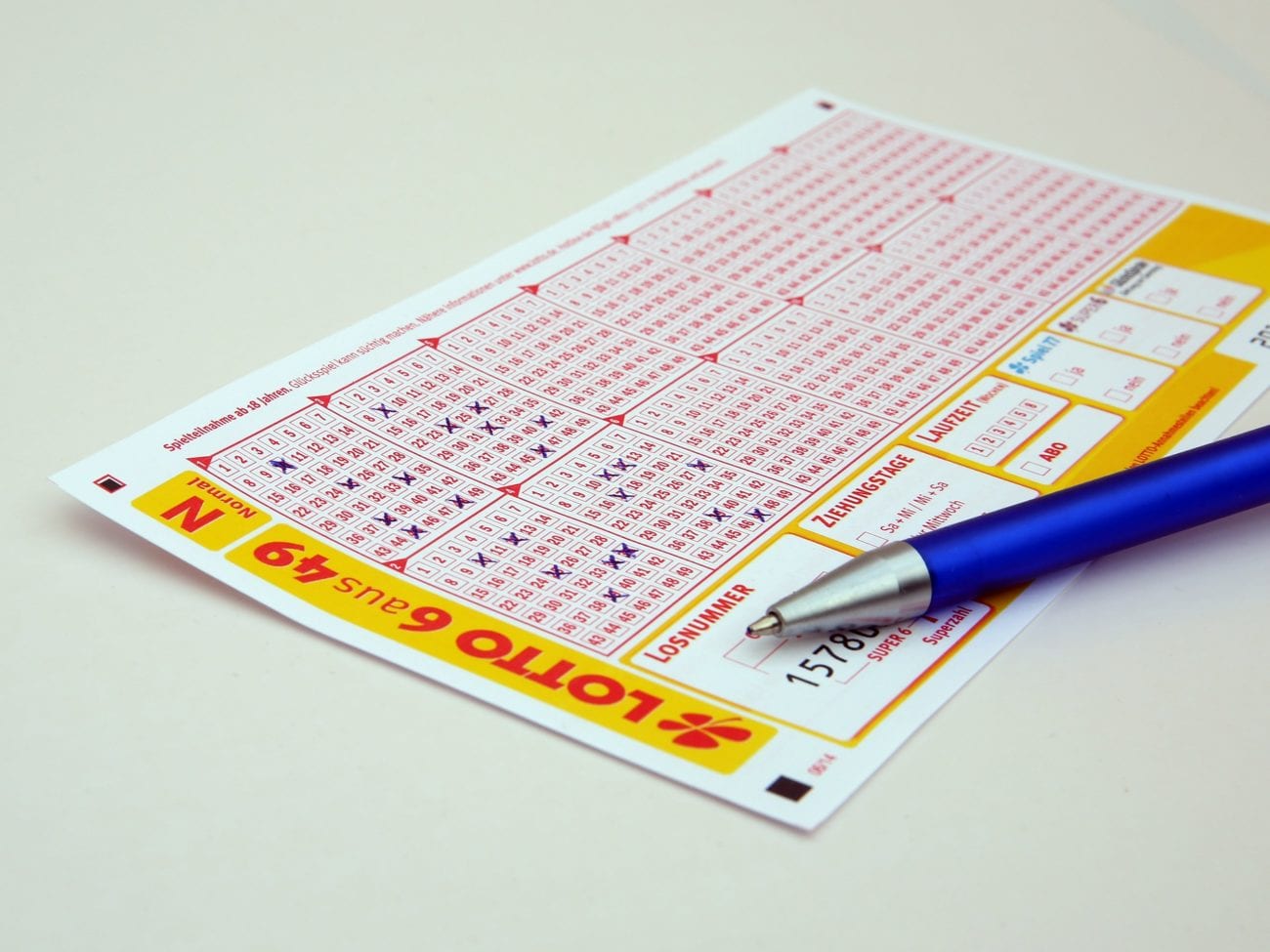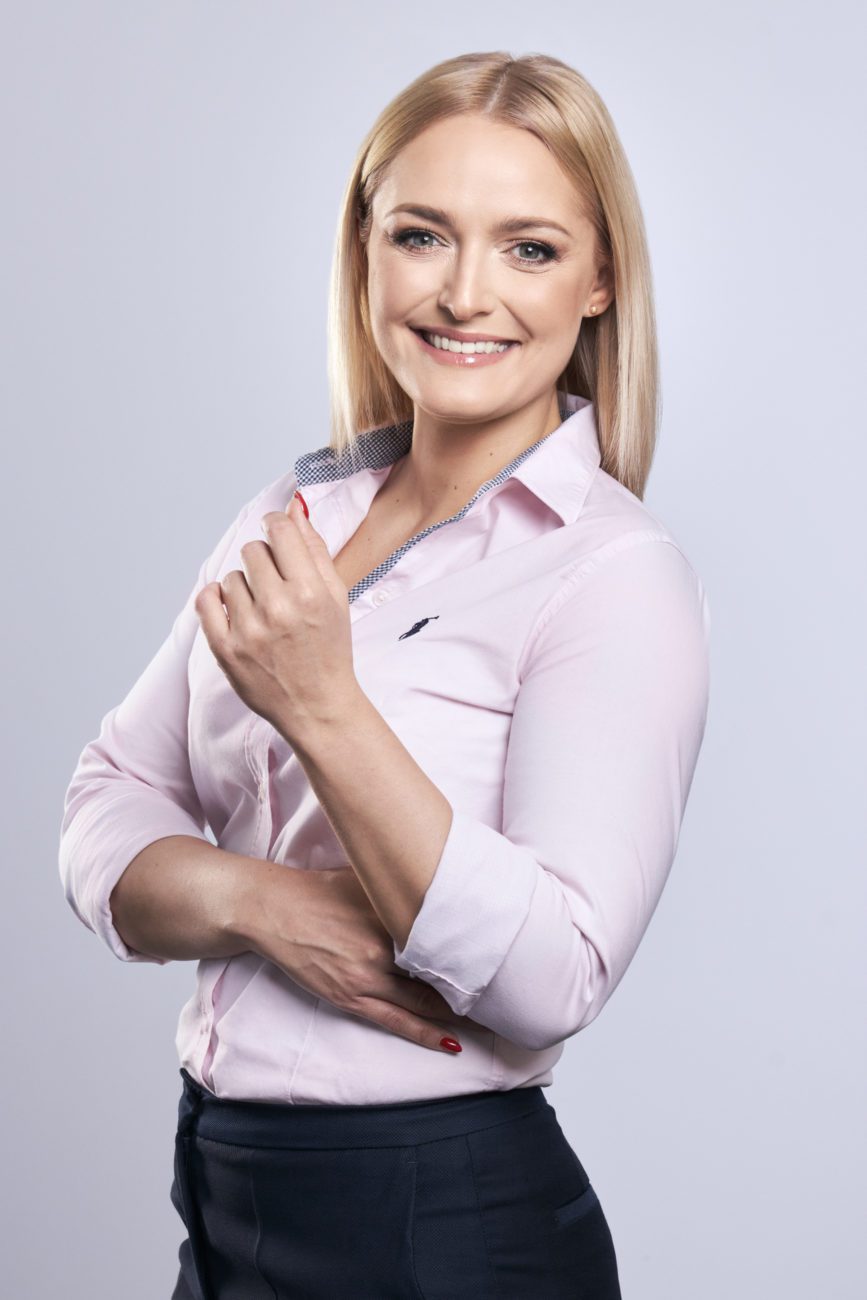Playing on the feel-good factor

The Good Causes element of lotteries is often overshadowed by the promotion of the opportunity to win life-changing sums. But recent events have shown there are results to be gained from making sure messaging includes both areas. Joanne Christie reports.
It’s difficult to pinpoint the exact origins of what we call lotteries today, but most of the evidence suggests that even the earliest incarnations had some type of altruistic component.
While in recent years the marketing message of many lotteries seems to have been more heavily weighted towards the opportunity to ‘win big’ rather than this altruistic component – particularly as so many alternative lottery models have sprung up – the novel coronavirus (Covid-19) appears to have caused a shift back in the opposite direction.
 Over recent months a number of lottery providers have been focusing their advertising on the Good Causes aspect of playing the lottery, many alongside a ramping up of their contributions to assist with Covid-19 efforts.
Over recent months a number of lottery providers have been focusing their advertising on the Good Causes aspect of playing the lottery, many alongside a ramping up of their contributions to assist with Covid-19 efforts.
Poland’s Totalizator Sportowy is one case in point. Though its original aims were concentrated on sports funding and this remains a core pillar of its mission today, it has made a number of donations to help the health sector cope with Covid-19.
As well as fixed donations, at the end of March it announced it was donating 10% of sales of all lottery tickets and bets on lotto.pl to help with Covid-19 efforts.
“A significant part of our sales is always dedicated to supporting Polish sports and culture, but the 10% of our online sales was a new form of extra aid. Totalizator Sportowy decided to transfer extra money due to the extraordinary circumstances,” explains Aida Bella, director in the communications and PR office (pictured left). “The total amount of money as of 30 July raised by the 10% contributions is over PLN 9m (£1.8m/€2.0m/$2.4m).”
The state monopoly provider also created an ad campaign highlighting the contributions. “We did update our campaign to stay transparent and keep our customers informed,” says Bella. “We created a TV spot informing about transferring 10% of our online lottery and bet profits to helping fight Covid-19 and its impact. We got nothing but positive feedback.”
Similarly, in the UK National Lottery operator Camelot’s recent advertising has focused heavily on its £600m support package for charities and organisations impacted by Covid-19.
Motivating players
The big question is – how much are players influenced by such efforts and how does it translate into action on their part?
Lottoland’s recent foray into charity games is perhaps instructive in this regard. The lottery betting operator recently launched a charity draw-based game, as well as a charity scratchcard.
Though both were planned prior to the pandemic, their launch during the crisis seems to have struck a chord with players. “Both feedback and take-up has been great, with both the draw-based game and the scratchcard going straight into our top 10 played games on the UK site,” says Lottoland CEO Nigell Birrell.
Birrell says part of the motivation for the product was the idea that, “lottery is synonymous with charity in the UK”.
Bella has a similar view. “Totalizator Sportowy strongly stands by its social mission – we are here not only to provide entertainment, but also to give back to society.
“Looking at lottery history, you can’t help but see lotteries as institutions dedicated to charity in the first place.”
While the charitable aspect of lotteries is sometimes overlooked or even dismissed outright, there is evidence to suggest it does play a role in incentivising players to engage with lotteries.
According to the Charities Aid Foundation’s UK Giving 2019 report, overall household giving was £10.1bn in 2018. This was a slight drop on the 2017 figure of £10.3bn, and more worryingly, it was noted that fewer people were giving.
On the other hand, Gambling Commission statistics showed that in the period October 2018 to September 2019 contributions to Good Causes from the National Lottery rose 6.5% to £1.6bn, while those from large society lotteries were also up 3.7%, to £345m, which would suggest lotteries are outperforming on the charity front.
In fact, in the CAF report, buying a raffle or lottery ticket was the third most cited way individuals gave to charity during the year, with 37% of respondents saying they had contributed via this method.
The option was bettered only by giving cash and buying goods, and featured higher than giving via direct debit/standing order or fundraising events.
In the UK at least, it appears lotteries are succeeding in reinforcing the link between lotteries and charity, to both their own benefit and that of the charities they support.
For Camelot – which reported record sales in its most recent 2019/2020 fiscal year – the goal for some time has been to increase awareness among players about where lottery funds go.
“Although Camelot plays no part in the distribution of National Lottery funding, telling our players where their money goes has been a fundamental part of our communications,” explains Richard Hickson, head of policy and public affairs at Camelot (pictured right).
“Even before the virus hit, we’d been working hard to better connect play with purpose, which is something that we identified we needed to do off the back of our strategic review in 2017. Since then, we’ve been showcasing individual Good Causes stories across various channels to show people where their money is going – and that’s exactly what we were trying to do with the £300m and £600m COVID-19 Good Cause adverts.”
Challenging perceptions
But for lotteries, one of the difficulties is that the expectations of players can be unrealistic and that can make advertising difficult. Indeed, at a panel at ICE earlier this year David McMorrow, managing director at the Scottish Children’s Lottery, summed up the challenge in detail.
“We give a percentage of each pound, which is 28% currently, but that is really difficult to advertise because if you are trying to sell the charity aspect people would somehow expect that 100% goes to Good Causes, not taking into account things like prizes, expenses, advertising.
“People just say that if it’s for charity then 100% should go to charity,” he said. “Where we’ve had to put in the percentage that we give to good causes it has actually been a negative.”
Society lotteries, in the UK at least, no longer have a choice in whether to advertise the matter after the Gambling Commission updated its advice to make clear the percentages of proceeds that go to Good Causes must be made available to players before purchase.
And even when an advertised percentage is very high, it’s no guarantee of player interest. Back in 2018 Zeal Network’s Lottovate arm launched a Millennial-focused lottery in the Netherlands that donated 50% of proceeds from every ticket to good causes.
The lottery in question, Raffld, lasted only eight months before shutting down. However, one of the features of that particular lottery – giving players the choice of which one of four charities their ticket’s donation would go towards – could have legs in the post-Covid world given it has been widely noted throughout the pandemic that consumers have generally taken a greater interest in charitable causes.
“I do see this as having potential, but we have a commitment to all four charities that came onboard with the current game as it stands,” says Birrell (pictured below left). “Unlike other lottery licences, we are not tied by which charities we can support, so it’s great to be in a position to support local charities, as well as some of the national charities as we move forward. Essentially, this will be decided by our players, who we want to be involved in all aspects of the charity work and partners we work alongside.”
While this type of choice over contributions would be more difficult for a state monopoly to put into action, Hickson points out there is already a mechanism to allow players some choice of where their money goes in the UK.
 “There is a Good Causes initiative called the People’s Projects – which is a partnership between the National Lottery Community Fund, the National Lottery, ITV and STV – which does provide players with a choice of projects that they can vote for to receive funding. This initiative runs annually and features Good Causes projects from every region of the UK, with the three projects that receive the most votes in each region receiving up to £50,000.”
“There is a Good Causes initiative called the People’s Projects – which is a partnership between the National Lottery Community Fund, the National Lottery, ITV and STV – which does provide players with a choice of projects that they can vote for to receive funding. This initiative runs annually and features Good Causes projects from every region of the UK, with the three projects that receive the most votes in each region receiving up to £50,000.”
Analysis from CAF earlier this year shows that during the pandemic people changed their giving behaviour, moving away from supporting animal welfare and children’s causes towards giving to hospitals and hospices. In April it found that 35% of those who had given to charity in the past four weeks had chosen these areas, a big jump from the long-term average of 21%.
It appears lotteries across Europe were in sync with their players in shifting their focus during the pandemic. It wasn’t only in Poland and the UK that state lotteries made donations to the Covid-19 effort – many other lotteries followed suit, even despite most experiencing falling sales due to retail closures.
Whether they will be rewarded for this in the form of increased player numbers and loyalty remains to be seen, but in the UK at least, the evidence would seem to suggest that lottery providers are using the right messaging to tap into players’ altruism.
Further boosts for Good Causes?
It’s long been a bugbear of Camelot that the National Lottery is required to pay Lottery Duty of 12% while its society lottery competitors are exempt from tax and its gambling company rivals are taxed on profits.
“Over time, all major gaming and gambling sectors have been moved to a gross profits tax (or equivalent), while the National Lottery remains an outlier taxed on turnover – with Lottery Duty at 12%. This tax regime restricts the National Lottery’s capacity to respond to the changing market dynamics and its ability to compete on price or value,” says Hickson.
The good news for both Camelot and players is that the recent report from the House of Lords recommended doing away with Lottery Duty.
In the report, entitled Gambling Harm – Time for Action, the Gambling Select Committee said: “It is difficult to understand how the current taxation model for the National Lottery is not a tax on ‘charitable fundraising’, and how the government can square the circle of having different tax regimes for the National Lottery and society lotteries.”
Hickson says an analysis commissioned by Camelot and undertaken by Frontier Economics estimated that moving the National Lottery to a gross profits tax could lead to an extra £1.7bn for Good Causes over the 10-year period to 2028/29.
Meanwhile, across the Irish Sea, Good Causes got a one-time €16m boost to help with Covid-19 efforts after Ireland’s Regulator of the National Lottery ended a long-running row over ownership of unclaimed prizes that were held at the time the licence moved from An Post National Lottery Company to Premier Lotteries Ireland in 2014.
Under the terms of PLI’s licence, which runs until 2034, it is able to use unclaimed prizes for marketing rather than returning these to players or Good Causes, as is the case in the UK.
It has faced much criticism over the issue, with the unclaimed prize fund last year totalling almost €19m and having run to more than €90m since it took over the licence. Thus far PLI has resisted demands to reallocate the funds, though there have recently been calls from within government to examine the fine print to see if there is any scope for revision of this point of its licence.
